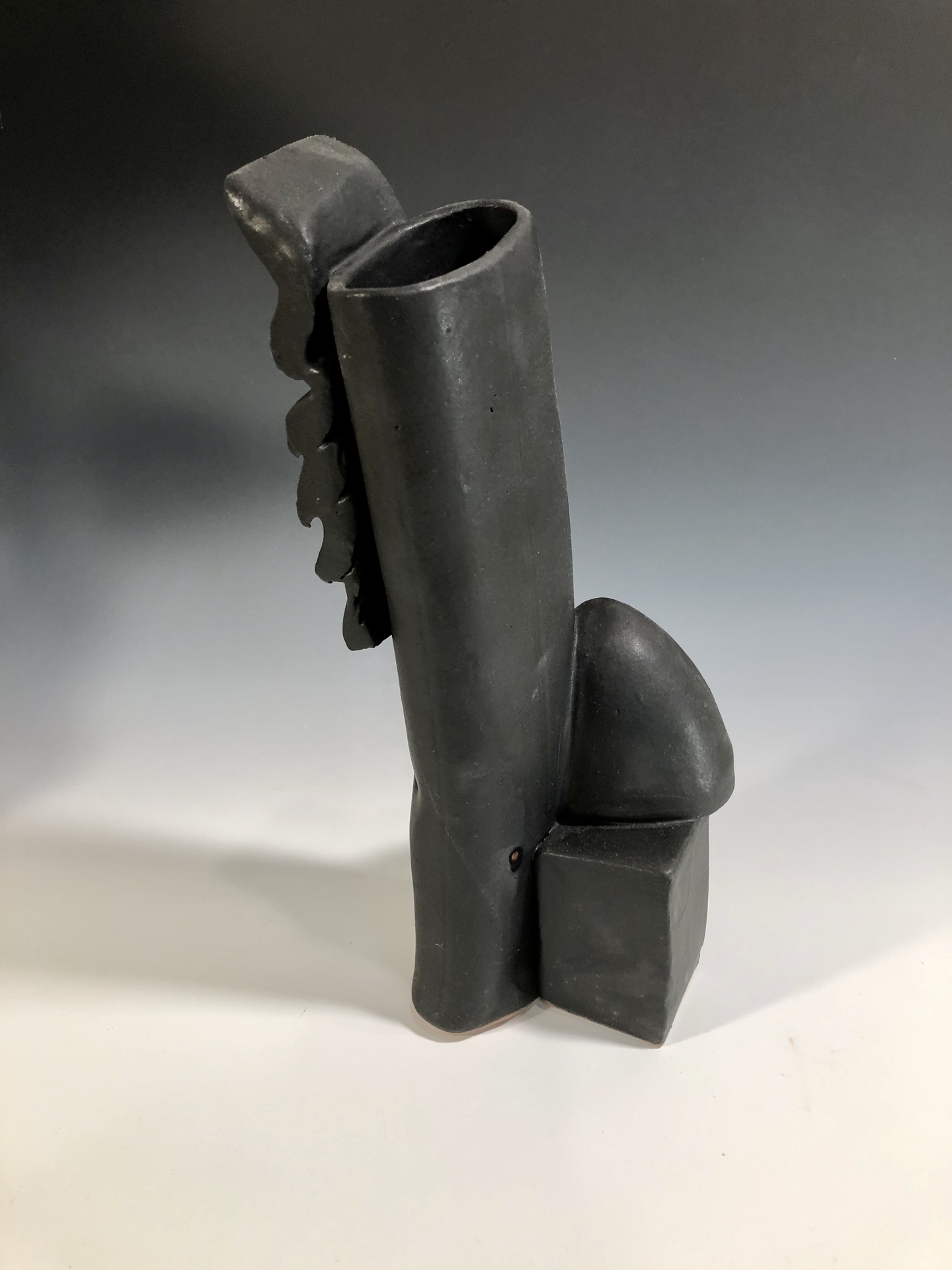Art Pancioli: The Man Behind The Numbers
Art Pancioli might not be a name you’ve heard before, but his influence on modern accounting is undeniable. Think of him as the OG of financial reporting, a Renaissance man who turned numbers into an art form. If you’ve ever balanced a budget or prepared a financial statement, you owe a debt of gratitude to this 15th-century innovator. But who was Art Pancioli, really? Let’s dive in and find out.
This dude wasn’t just some random guy scribbling numbers in a dusty old book. He was a trailblazer, a game-changer, and a mastermind who revolutionized how we think about money. His work laid the foundation for double-entry bookkeeping, a system that’s still in use today. If that doesn’t scream "legend," I don’t know what does.
But here’s the thing: Art Pancioli wasn’t just about crunching numbers. He was an artist, a mathematician, and a polymath who saw beauty in balance sheets and symmetry in sums. His contributions go beyond the world of accounting, touching art, science, and even philosophy. So, buckle up because we’re about to take a deep dive into the life, work, and legacy of this incredible figure.
Read also:Wanda Noise The Sound Thats Taking Over Your World
Who Was Art Pancioli?
Art Pancioli, or Luca Pacioli as history knows him, was born in the town of Sansepolcro, Italy, around 1447. Back then, Italy was the hotbed of the Renaissance, a time when art, science, and culture were flourishing. And guess what? Art wasn’t just chilling in the background; he was right there in the thick of it, soaking up all that creative energy. But instead of painting masterpieces or sculpting statues, he was busy shaping the world of finance.
Now, you might be wondering why someone from the 1400s matters today. Well, it’s simple: Art Pancioli’s ideas didn’t just disappear with time. They grew, evolved, and became the backbone of modern accounting. His book, "Summa de Arithmetica," published in 1494, was a game-changer. It wasn’t just any book; it was the first printed work to describe the double-entry bookkeeping system. Ring a bell? Yeah, it’s still the gold standard in accounting today.
Early Life and Education
Art Pancioli’s journey started in a small town, but his ambitions were anything but small. Growing up, he was surrounded by artisans and thinkers who inspired him to explore the world beyond numbers. He studied under some of the greatest minds of his time, soaking up knowledge like a sponge. And let’s not forget, he was friends with none other than Leonardo da Vinci. Imagine hanging out with the guy who painted the Mona Lisa. Talk about networking!
Art Pancioli’s Contributions to Accounting
Okay, so we’ve established that Art Pancioli was a big deal. But what exactly did he do? Let’s break it down. His biggest contribution was the introduction of double-entry bookkeeping. Think of it like this: every financial transaction has two sides—a debit and a credit. This system ensures accuracy and balance, making it easier to track money and prevent fraud. Pretty genius, right?
Double-Entry Bookkeeping: The Basics
Here’s how it works: when a business records a transaction, it affects two accounts. For example, if you buy office supplies, you debit the expense account and credit the cash account. It’s like a seesaw—both sides have to balance. Art Pancioli’s system made it possible for businesses to keep track of their finances in a way that was transparent and reliable.
- Debit: Represents an increase in assets or expenses.
- Credit: Represents an increase in liabilities or equity.
- Balance: Ensures that the books always balance.
The Legacy of Art Pancioli
Art Pancioli’s influence extends far beyond the accounting world. His ideas have shaped how businesses operate, how governments manage budgets, and how individuals handle their finances. But his legacy isn’t just about numbers; it’s about the principles of integrity, accuracy, and transparency that he championed. These values are as relevant today as they were in the 15th century.
Read also:Au Pair Adventures The Ultimate Guide To Exploring A Lifechanging Experience
Impact on Modern Accounting
Fast forward to today, and you’ll see Art Pancioli’s fingerprints everywhere. From multinational corporations to small startups, everyone uses the principles he laid out. His work has been adapted and expanded, but the core idea remains the same: keep accurate records, maintain balance, and be transparent. It’s a testament to his genius that his ideas have stood the test of time.
Art Pancioli and the Renaissance
Art Pancioli wasn’t just a numbers guy; he was a Renaissance man in every sense of the word. He was friends with artists, scientists, and philosophers, and his work reflected the interdisciplinary spirit of the times. His collaboration with Leonardo da Vinci is particularly noteworthy. Together, they explored the intersection of art and mathematics, producing works that continue to inspire awe.
Collaboration with Leonardo da Vinci
Art Pancioli and Leonardo da Vinci worked together on "De Divina Proportione," a treatise on mathematical proportions and their application in art and architecture. This work wasn’t just about numbers; it was about beauty, symmetry, and harmony. It’s a reminder that art and science aren’t mutually exclusive—they’re two sides of the same coin.
The Art of Numbers
For Art Pancioli, numbers weren’t just tools for keeping track of money; they were a form of art. He saw beauty in balance sheets and elegance in equations. His work was driven by a desire to understand the world and make sense of its complexities. And in doing so, he created a system that was both practical and profound.
Mathematics as Art
Art Pancioli believed that mathematics was a language that could express the beauty of the universe. He saw patterns in numbers and symmetry in shapes, and he used this understanding to create works that were both functional and aesthetic. His approach was revolutionary, and it continues to inspire thinkers and creators today.
Challenges and Criticisms
No one is perfect, and Art Pancioli was no exception. His work faced criticism from some quarters, particularly from those who saw accounting as a mundane and uninspiring field. But Art wasn’t deterred. He believed in the power of numbers and the importance of accuracy, and he stood by his principles even when others doubted him.
Overcoming Skepticism
Art Pancioli’s persistence paid off. Over time, his ideas gained acceptance and became the standard for financial reporting. His work proved that accounting wasn’t just about numbers; it was about trust, integrity, and accountability. And those are values that resonate with people across cultures and generations.
Art Pancioli in the Digital Age
Fast forward to today, and Art Pancioli’s ideas are more relevant than ever. In a world dominated by technology, his principles of accuracy and transparency are more important than ever. Modern accounting software and financial systems are built on the foundations he laid, ensuring that businesses can operate with confidence and integrity.
The Future of Accounting
As we move into the future, Art Pancioli’s legacy will continue to shape the field of accounting. New technologies like blockchain and AI are transforming how we handle finances, but the core principles remain the same. Accuracy, balance, and transparency will always be the cornerstones of good accounting, and Art Pancioli will always be remembered as the man who set the standard.
Conclusion
Art Pancioli wasn’t just a numbers guy; he was a visionary who saw the potential of accounting to transform the world. His contributions to the field have stood the test of time, and his legacy continues to inspire thinkers and creators today. So, the next time you balance your books or prepare a financial statement, take a moment to appreciate the man who made it all possible.
And remember, this isn’t just about numbers; it’s about trust, integrity, and accountability. Art Pancioli showed us that accounting can be an art form, and that’s something worth celebrating. So, go ahead and share this article, leave a comment, or explore more about the fascinating world of accounting. Who knows? You might just discover your inner Art Pancioli.
Table of Contents
- Art Pancioli: The Man Behind the Numbers
- Who Was Art Pancioli?
- Early Life and Education
- Art Pancioli’s Contributions to Accounting
- Double-Entry Bookkeeping: The Basics
- The Legacy of Art Pancioli
- Impact on Modern Accounting
- Art Pancioli and the Renaissance
- Collaboration with Leonardo da Vinci
- The Art of Numbers
- Mathematics as Art
- Challenges and Criticisms
- Overcoming Skepticism
- Art Pancioli in the Digital Age
- The Future of Accounting
- Conclusion
Bronx Tale Cast Now: The Untold Story Of The Iconic Movie
Revolutionizing Your Ride: C & K Automotive, Your Ultimate Car Care Solution
Alex Leapai Jnr: The Rising Star In The Boxing Ring

Art Pancioli Donor Stories University of Cincinnati

Pancioli, Diana Vase One (view 1) Birmingham Bloomfield Art Center

Education can eliminate gender inequity University of Cincinnati